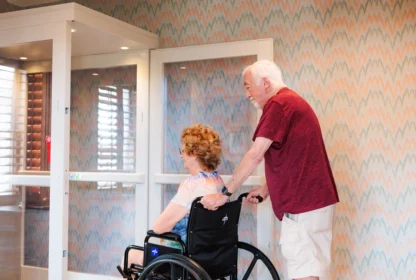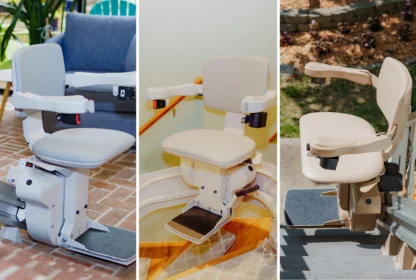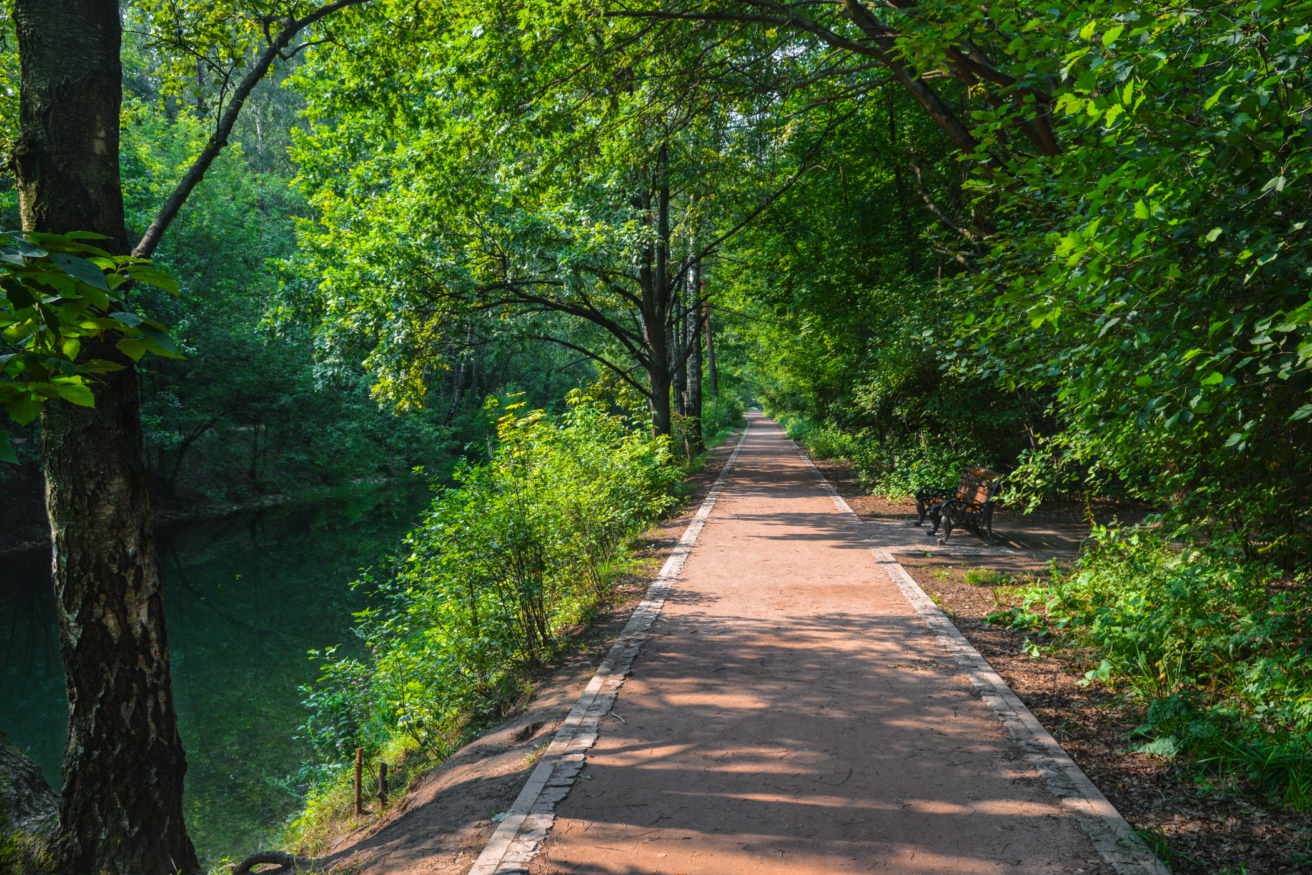
National Parks are regarded as America’s greatest national treasures. In 1916, the National Park Service was commissioned; its purpose is to set aside and maintain pieces of land for all to experience and appreciate the natural ecology, wildlife, and historical significance. For many years, a large portion of American citizens was unable to view these expansive and awe-inspiring parks. It was not until the American Disabilities Act of 1990 that parks began to provide handicap-accessible trails, campgrounds, exhibits, and accommodations for wheelchair users.
Statue of Liberty National Park, New York
Lady Liberty is a robed bronze statue of a woman triumphantly lifting a torch to the skies with her right hand as she clutches a tablet with the date of the Declaration of Independence (July 4, 1776) in her left arm. With broken shackles at her feet and a crown atop her head, this gift from the French represents freedom and democracy for all. The Statue of Liberty has long been accessible on the first floor only. As of July 4, 2013, Ellis Island and the Statue of Liberty will be totally wheelchair accessible. *The Statue of Liberty and Ellis Island will be closed to the public until July 4, 2013, due to damages from Hurricane Sandy.
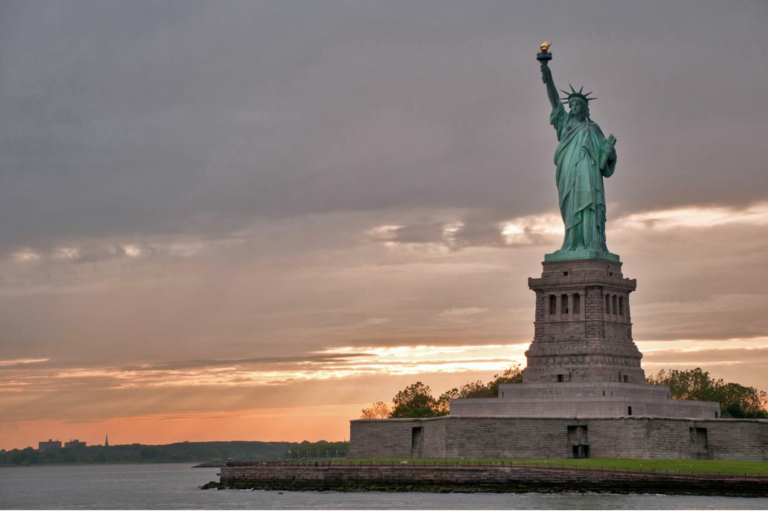
Lady Liberty is a robed bronze statue of a woman triumphantly lifting a torch to the skies with her right hand as she clutches a tablet with the date of the Declaration of Independence (July 4th, 1776) in her left arm. With broken shackles at her feet and a crown atop her head, this gift from the French represents freedom and democracy for all. The Statue of Liberty has long been accessible on the first floor only. As of July 4th, 2013, Ellis Island and the Statue of Liberty will be totally wheelchair accessible. *The Statue of Liberty and Ellis Island will be closed to the public until July 4th, 2013, due to damages from Hurricane Sandy.
Denali National Park and Reserve, Alaska
The Denali National Park and Preserve is home to North America’s highest mountain peak, Mount McKinley. Denali is composed of over six million acres of federally protected land. This park features a mix of natural habitats, from forests to tundra, rocky mountains to glaciers. Denali is known to be a birdwatchers’ paradise but is also home to grizzly bears, black bears, and caribou.
Denali National Park and Preserve features several ADA complaint trails, all of which are composed of compacted gravel and range from three to ten feet wide. A popular wheelchair-accessible trail is the McKinley Station Trail. This 1.5 mile, 6-foot wide trail allows visitors to view the diverse taiga forest, several cultural sites, Hines Creek, and the Alaska Range, among other sites! The McKinley Station Trail also connects to the visitor center and a campground.
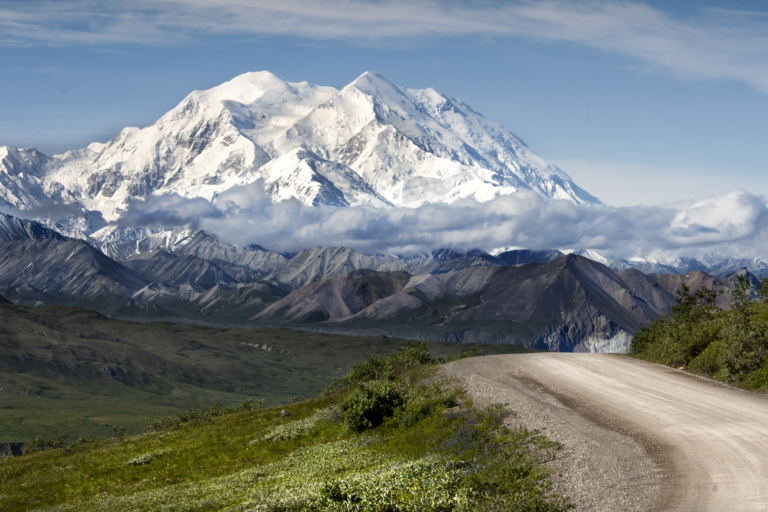
Yellowstone National Park, Wyoming
Yellowstone National Park evokes images of Smokey the Bear for some, and ancient boiling springs for others. Yellowstone hosts the globe’s largest collection of geysers. Visitors often stop by to see Old Faithful erupt for a glimpse into one of the earth’s most ancient ecological habitats. Much of the park is laid out into steep mountainsides that are home to wolves, bears, bison, and elk, but Old Faithful is totally wheelchair accessible. A 1.5 mile (3 miles round trip) wheelchair-accessible trail leads from the visitors center to Morning Glory Hot Spring (pictured below). Wheelchair users should remain alert on the trail as it is shared with plenty of bikers.

Congaree National Park, South Carolina
The Congaree National Park in South Carolina is one of the world’s largest deciduous forests. The biodiversity noted is astonishing and the greenery is absolutely breathtaking in this expansive old-growth bottomland hardwood forest. Those who require the use of a wheelchair or scooter may enjoy their 2.4 miles wheelchair-accessible boardwalk loop. All public facilities at the Congaree National Park are ADA complaints, including the port-a-johns. Plan to visit this park on a relatively dry day as water levels may rise to cover the boardwalk loop during times of heavy and consistent rainfall.
For further information on national parks and monuments with universal design specifications, please visit www.nps.gov. If you are traveling to any of these destinations, remember there may be limited wheelchair rentals available. Carrying your own mobility device on the road may lessen the hassle. Many travelers opt for auto lifts for their car, truck, van, or SUV, and some choose to bring a folding ramp and/or install a turning automotive seat for added convenience.
To learn more about mobility solutions on the go, visit 101 Mobility and give us a call for assistance in your area.

